Every family celebrates Christmas a bit differently. Traditions carried on from generation to generation, lend comfort, familiarity, and fun to the holidays.
For instance, some families of German descent in the US Midwest add to the holiday celebration with the Christmas Pickle. The pickle is a glass blown ornament and is typically the last one put on the tree. It is camouflaged among branches, but the first child to find it gets an extra gift and wins good luck for the next year.
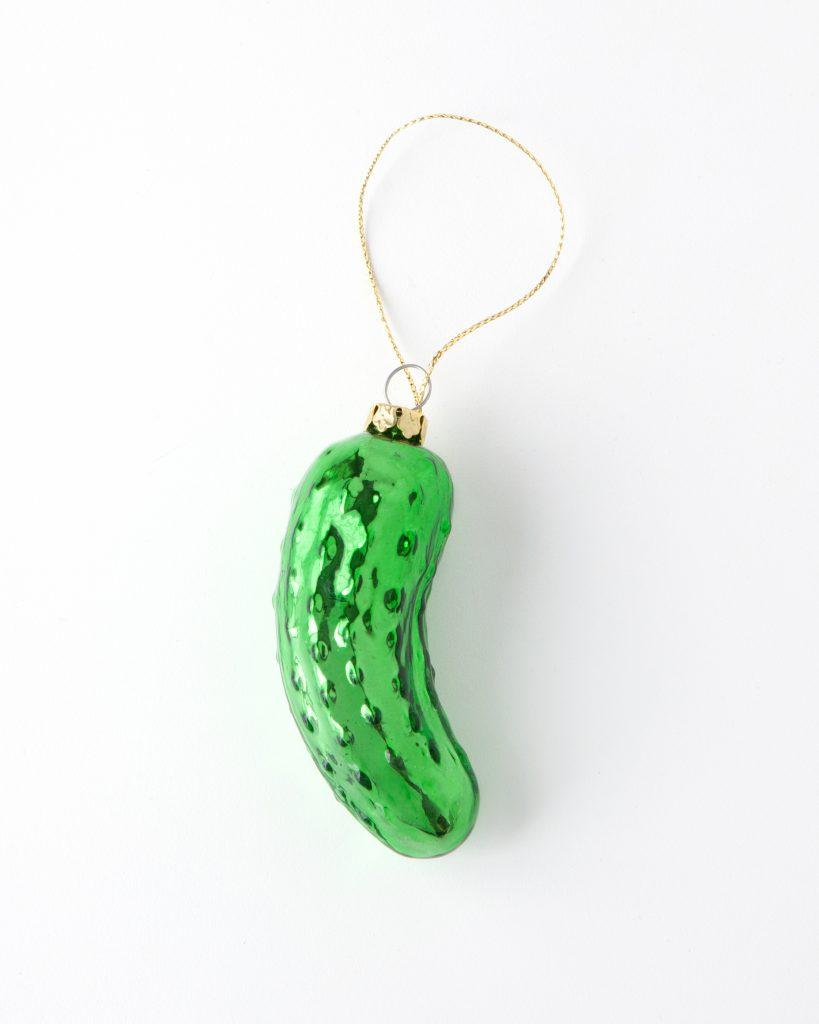
Adopting an Elf on the Shelf has gained popularity in recent years as a way to encourage children to be on their best behavior during the days preceding Christmas. The Elf will report back to Santa every night to say whether the youngsters have been naughty or nice. After his nightly visit to the North Pole, he returns to a new spot every day. Oh, one more thing… if the kids touch the Elf, all of his Elf magic goes away! Parents get very creative, often posting their Elf’s antics on social media to add to the merriment.
This month we explore three distinctive cultures found in the Enid area and learn of the intriguing Christmas traditions they embrace.
Our Lady of Guadalupe Feast Day
The Hispanic community in Enid starts their annual holiday celebrations much earlier than December. On October 28 of each year, parishioners of St. Francis Xavier Catholic Church begin the tradition of recognizing the Feast Day of Our Lady of Guadalupe. The story behind the celebration is one of miracles.
According to St. Francis parishioner, Octaviano Don Juan, on December 9th, 1531, Our Lady of Guadalupe appeared in Mexico as the pregnant Mother of God to Juan Diego, a recent Catholic convert. She asked him to go to the Bishop and request that a church be built on the hill of Tepeyac, which is now part of Mexico City. He did as she requested, but the Bishop would not believe him without seeing a “sign”.
Our Lady appeared to Diego again on December 10th and 12th. On the third meeting on Tepeyac Hill, she instructed Diego to go to the top of the barren hill and gather the roses growing there. Although he was confused, as roses were not known to grow on the rocky ground, he obeyed, wrapped them in his tilma (a cactus fiber cloak), and carried the roses back to the Bishop to again make Our Lady’s request. He opened his cloak to display the “sign”, and when the white roses tumbled out, the image of Our Lady had appeared on the fabric of the tilma. Immediately, the Bishop fell to his knees and believed. The church was later built as Our Lady of Guadalupe requested.
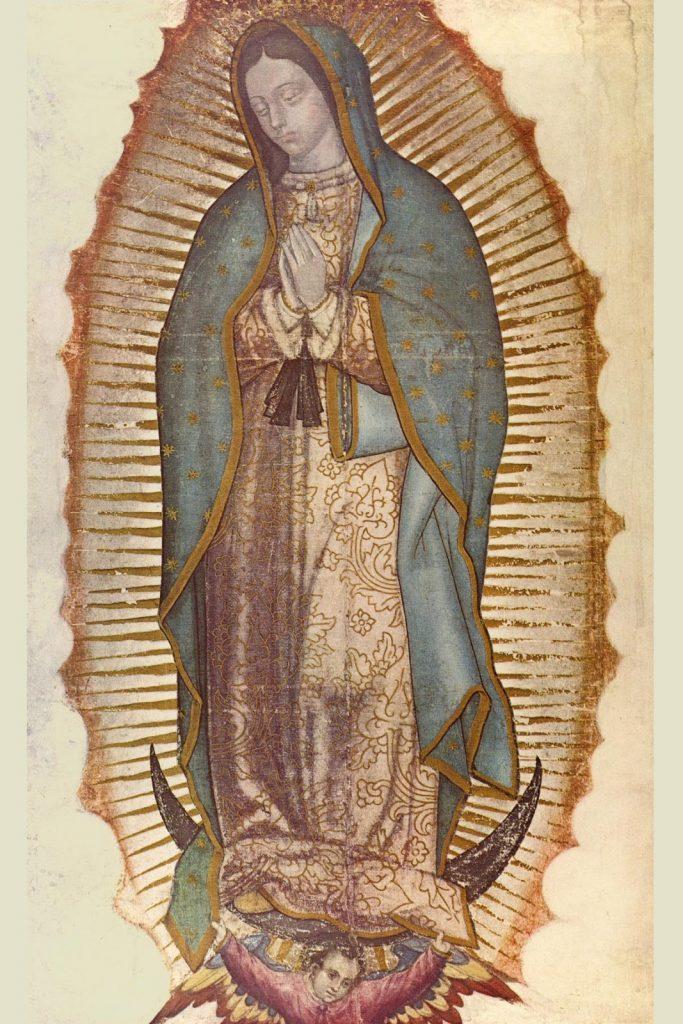
The miraculous image is on permanent display at the Basilica of Our Lady of Guadalupe in Mexico City. It is not a painting, as no pigments were used, and has been determined to be a true reflection of Our Lady. According to Don Juan, a duplicate image was created on similar tilma fabric, and within 15 years, the copy disintegrated, while the original image remained intact. He also tells of another miracle in 1921, when rebels in Mexico sought to abolish the Catholic faith and attempted to destroy the image of Our Lady by placing a bomb in front of it, hidden in an arrangement of roses. The huge explosion did not harm it, and the image of Christ was witnessed standing next to the image of Our Lady after the blast.
Because of the miracles that surrounded the legend of Our Lady of Guadalupe, over 9 million indigenous Indians in Mexico were converted to Catholicism in the next 9 years. Pope John Paul II established December 12th as the Feast Day of Our Lady of Guadalupe.
In the reflection of Our Lady, her blue mantle has 46 gold stars, so the annual celebration of the Feast Day begins 46 days before December 12th. For 46 consecutive days, homes in the Enid area are voluntarily opened so that people may gather and pray the rosary. Don Juan says the number is usually 50-60 people at a time. His wife, Claudia, notes that usually the rosary is dedicated to the healing of a sick family member, or for protection from harm.
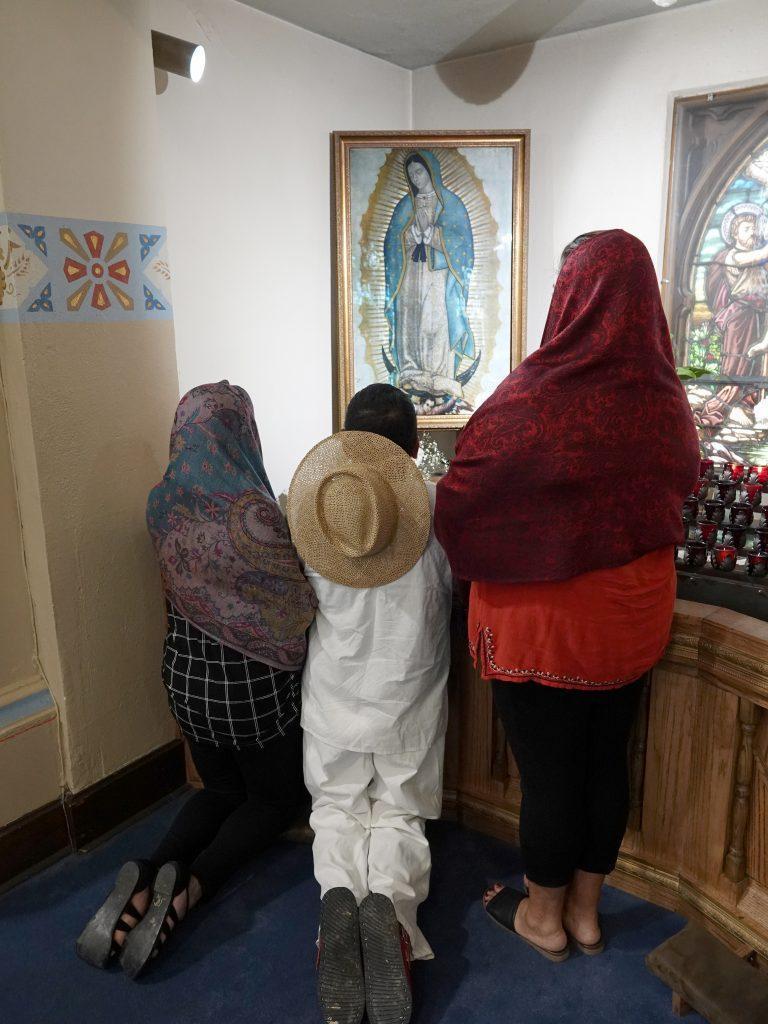
On the 46th day, December 12th, the church is opened at 4:00 am for the final rosary to be prayed. A mariachi group is on hand to serenade Our Lady. Her image is on special display in the front of the sanctuary, decorated with Mexican serapes, twinkle lights, and masses of roses are arranged at her feet, according to Tillie Sewell, a Parish Council member and Eucharistic Minister at St. Francis Xavier. At 5:00 am, Mass is celebrated with the mariachi group serving as Cantor during the service. After the service, breakfast is held in the Parish Hall, featuring hot chocolate, bunuelos (a sweet treat), and tamales as a final celebration of the Feast Day.
Our Lady of Guadalupe came to offer faith, hope, and consolation to the oppressed natives of Mexico and to reconcile them with their Spanish rulers who conquered and evangelized them. She put an end to the human sacrifice of the Aztec Indians and converted them to the Catholic faith, bringing peace to Mexico. The annual holiday tradition of honoring her is indeed considered sacred to many.
Pacific Island Ministry Celebration
The Marshall Islands have experienced five centuries of colonization under Spain, Germany, Japan, and finally the United States. During the twentieth century, global wars and US military expansion led to the forcible displacement of much of the population. In World War II, the Marshallese people were forcibly evacuated from Kwajalein Island to make way for the Japanese, then later US military installations, and during the Cold War, many more Marshallese were forced to leave northern atolls (such as Bikini and Enewetak) in preparation of US nuclear testing. This testing made their islands uninhabitable and many migrated to the United States.
Over the years, Enid has become home for at least 5,000 Marshallese residents. Emmanuel Enid recognized a need for professional community planning assistance, and in 2017, Yohanes Arwakon was named Pastor to the Pacific Island Ministry. He heads the English as a Second Language Program and has been heavily involved in assisting area educators with the fast-growing population of Marshallese children.
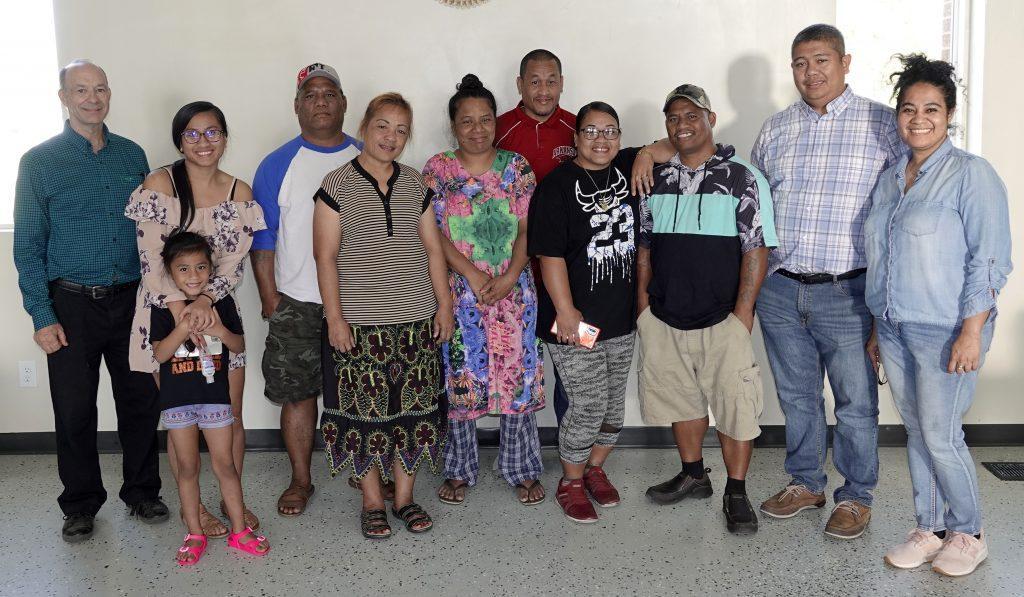
Before our interview, Mark Anzalone, Lead Interpreter for the ministry, was speaking to his English class students in attendance about possible questions that may be asked of them. What is your name? How do you celebrate Christmas? were a few of the questions written on the chalkboard. Yohanes Arwakon and his wife, Yenni, were also present along with several members of Enid’s Marshallese community.
When questioned about their holiday traditions, many spoke of the holiday’s singing and dancing groups and then the topic turned to food. On Christmas Day, large containers of food are exchanged and the entire day may be spent watching various local groups, called Jeptas, perform original songs, dances and skits. This involves much prior preparation and the uniforms can range from casual attire to more formal clothing.

As for the type of food that is exchanged, the group responded that it could be chicken, ribs, hot dogs, ham, or fish that is gifted. “Sometimes we eat turtle,” piped up one man, to a round of chuckles. It was agreed that there is enough food in each container for the recipient to “eat for days.”
When asked what was the best Christmas gift to receive, the answer was “anything.” One participant mentioned that her children were enrolled in the Salvation Army’s Angel Tree Project and always loved the gifts they received.
Anzalone shares his favorite ministry Christmas story. “A Santa Celebration was held at Emmanuel Enid for the Pacific Island Ministry in 2017, and I was asked to dress up as Santa (with a bit of padding)! In order to help the youngsters in attendance feel more comfortable about sitting on Santa’s lap, I called out Pastor Arwakon’s name first and pretended to be astonished when he wasn’t a 6-year-old boy.” Another special memory of his involves the 15-minute long Thank You song that is sung at the end of Marshallese performances. He also spoke of a handmade seashell necklace he was given. “I really treasure those things,” he says, wistfully.
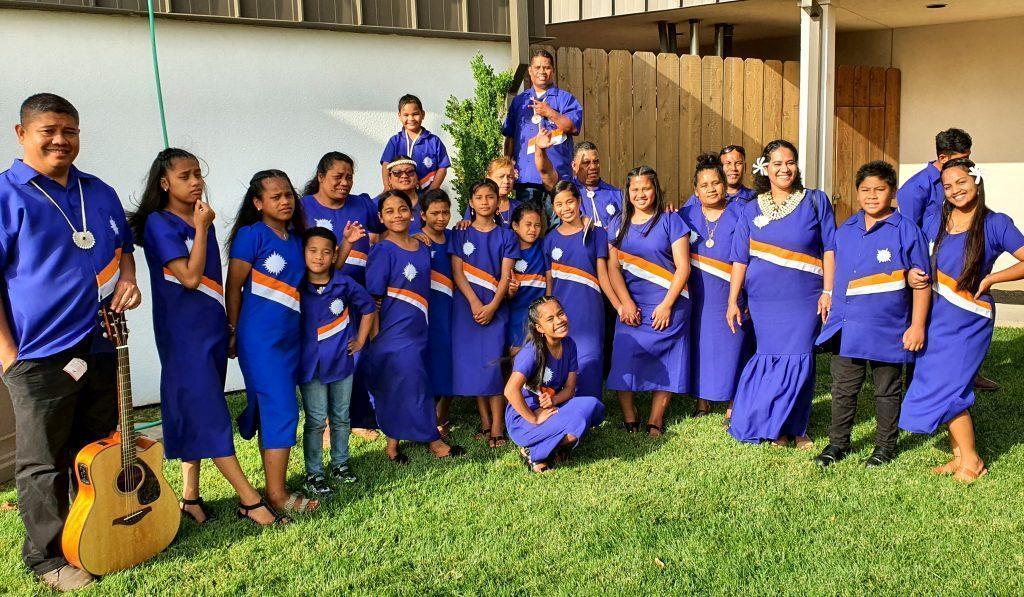
Childhood Christmas Memories in Denmark
Jens Ruding has made his home in Enid for over 20 years, but his family roots are still deep in Copenhagen, the capital of Denmark. He had just returned from a family visit before our interview in his home.
Ruding spoke of the Christmas Calendar that he would receive on the first of December. Danish children typically count down the 24 days before Christmas with a colorful Advent Calendar. Each of the 24 days promised a chocolate bar or piece of candy, which was not an everyday childhood treat. “We were very sensible about sweets during the year,” he explains.
On December 13th, St. Lucia’s Day (Luciadag), children in Denmark are dressed in white clothes and visit schools, retirement homes, churches, and hospitals while holding candles in their hands. According to legend, Saint Lucia was a martyr who brought food to Christians that were hiding in the catacombs, and in order to light her way, she wore a candlelit wreath on her head. Usually, one older child is chosen to play the part of Saint Lucia complete with wearing the illuminated wreath.
The weekend before Christmas was always reserved for his family selecting a freshly cut tree at a local tree farm. But the real celebration was afterward when they gathered for Julefrokost (Christmas Lunch) at the Søllerød Kro, a local Inn. This meal could be as elaborate as Christmas Eve Dinner and is still a much-anticipated and well-attended Danish tradition. Julefrokost can be a family-get-together, or a gathering of office staff, club members, or friends. Most Danes look forward to being invited to Julefrokost…in fact, refusing to attend can be considered impolite!
As for the date of the main Christmas festivities, “The majority of Danes hold their big Christmas Eve celebration at night. The 25th was just for sleeping in, digesting, and playing with our new toys.”
On Christmas Eve, the whole family gathered at Ruding’s grandmother’s home for a delicious holiday dinner and gift exchange. The traditional menu consisted of roasted duck, potatoes with gravy, and red cabbage. The dessert dish would be risengrød (rice pudding), and the person finding the hidden blanched almond in the dessert won a mandelgave (almond present) in the form of a marzipan pig or another small gift. Ruding recalls his family members attempting to “fake out” others at the table and act like they had crunched into the almond first, just to keep things interesting!
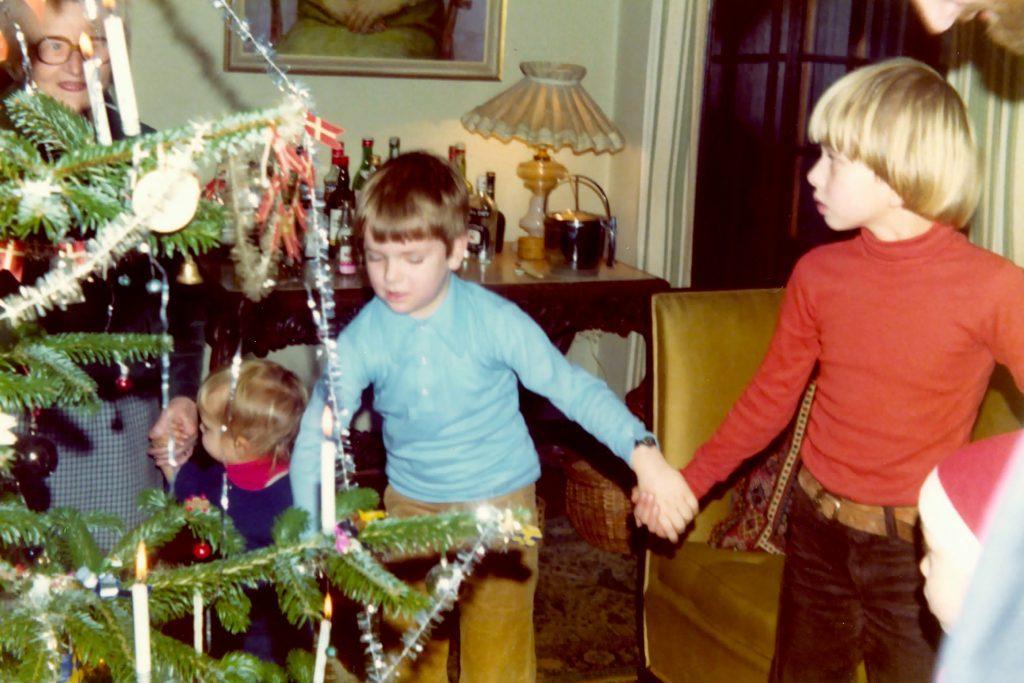
Once everyone cleaned their plates, it was time for singing and dancing around the family Christmas Tree. The final trimming of the tree included the lighting of wax candles, so it was done immediately before the grand reveal. The tree was traditionally decorated with handmade ornaments, garlands of Danish flags, and red and white woven paper hearts (Jule-hjertes) that held candies or gingersnap cookies called peppernuts (pebernødder). The lighted candles were the beautiful crowning touch. The tree was situated in the center of the living room, which had been closed off from view during dinner.
After the excitement of seeing the tree in all its splendor, the entire family would hold hands, encircling the tree, and sing Christmas songs, carols, and hymns. “Nu Er Det Jul Igen” (“Now it is Christmas Again”) and “Dejlig Er Den Himmel Blå” (Lovely is the Blue Sky) were among the top choices for that special moment.
Ruding and his wife, Jill, still keep many of his childhood traditions alive even though living in Oklahoma. “Jens is fantastic in the kitchen,” according to Jill, and both enjoy cooking traditional Danish dinners for family and friends on special occasions. So much so, they regularly place orders from a Nordic store in Berkley, California, utilizing overnight shipping as many of the foods are extremely perishable.
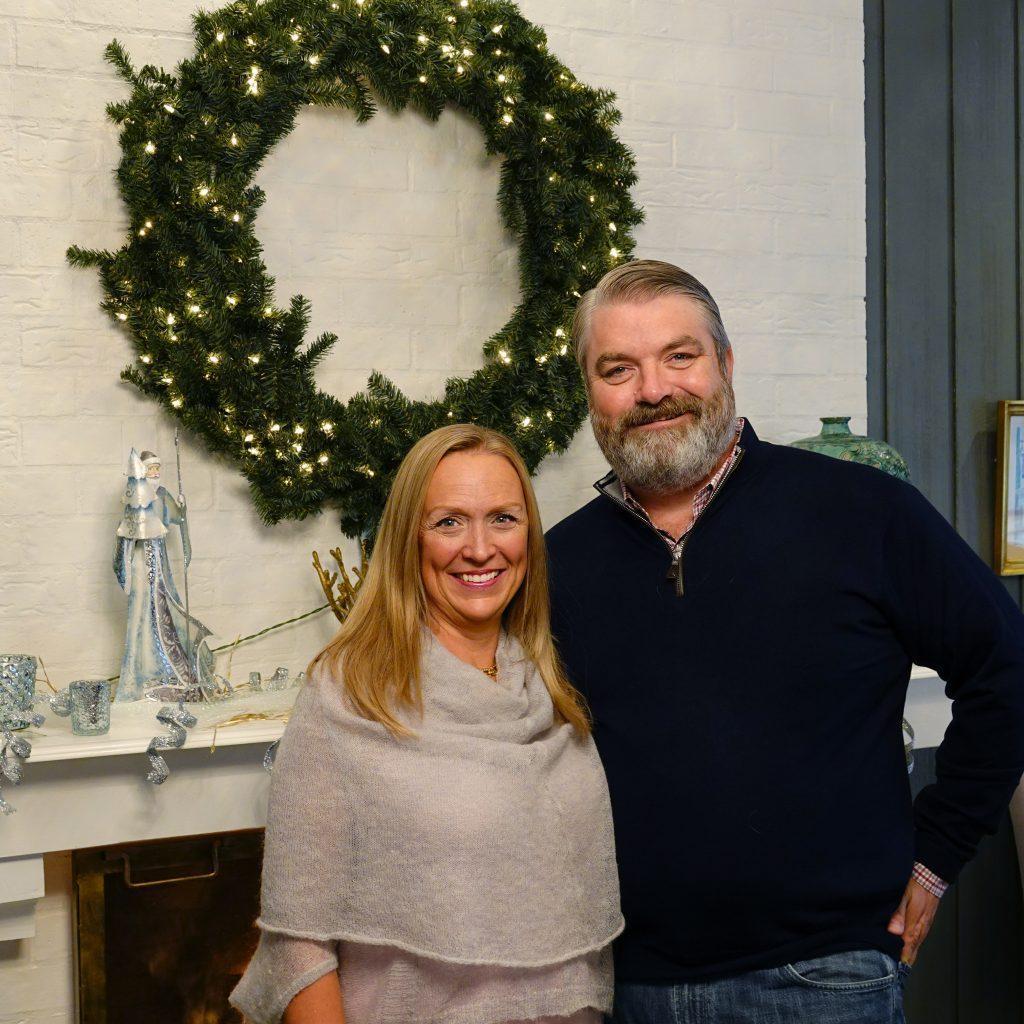
Danish pork roast (flæskesteg) is a special delicacy, as the skin is left intact to yield crispy “pork rinds” when prepared. Once, the couple traveled to Berkley and decided to bring the coveted meat home with them. They bought a 6-foot long pork loin, cut it in two, and packed it with dry ice in one of their suitcases. “When it arrived on the carousel at the OKC airport, it was sweating!” laughs Ruding.
The Rudings admit to “double-dipping” when it comes to Christmas celebrations in the States, meaning they celebrate both Christmas Eve and Day to accommodate everyone in their immediate family. They have also kept the tradition of the mandelgave, but have substituted a bottle of champagne, board game, or gift card as the almond present since their children are older.
Interwoven into all three of these cultural celebrations are the special bonds shared by the participants. Christmas marks one of the few times during the year where people can slow down from the hustle and bustle of the world they live in and gather together with friends and family to partake in time-honored traditions or possibly institute new ones…maybe donning matching pajamas for that cute family portrait or organizing a yummy cookie swap?
Have a Merry Christmas, no matter how it is celebrated!






